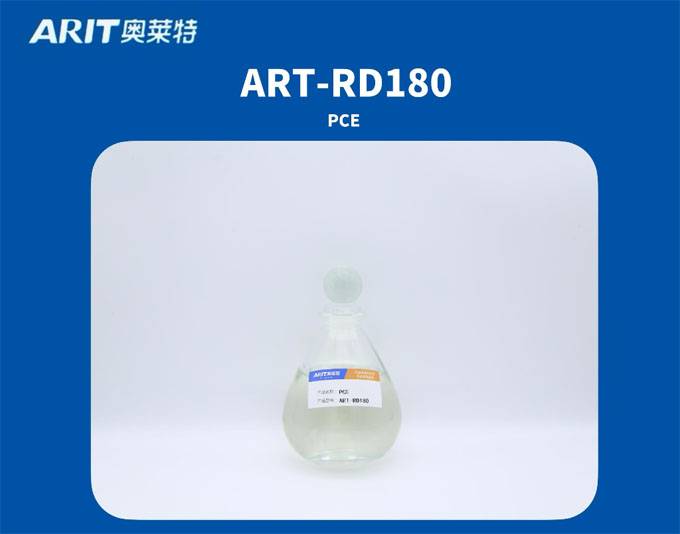A concrete accelerator—often simply called an "accelerator"—is a chemical admixture added during mixing to speed up the hydration process of cement. This results in faster setting and early strength gain, making the concrete accelerator vital in cold weather, precast operations, emergency repairs, and time-sensitive pours.
Accelerators act as catalysts that stimulate hydration reactions, primarily with tricalcium silicate—the main strength-developing component in cement. They manipulate ionic concentrations, reducing the dormant period and promoting rapid hardening.
In low temperatures, hydration slows dramatically. Accelerators ensure concrete gains enough early strength to resist freezing damage.
Ideal for precast, repaired surfaces, or stamped concrete—accelerators allow early formwork removal (sometimes within hours), quick finishing, and earlier load application.
Using accelerators can replace energy-intensive methods like heated curing, making projects faster and more economical.
Calcium Chloride (CaCl₂)
Fastest and cheapest accelerator, enabling 3‑day strength in one day.
Not recommended for reinforced concrete—causes steel corrosion; often banned.
Non-Chloride Inorganic Accelerators
Calcium nitrate, calcium nitrite, calcium formate, and sodium thiocyanate
Effective and steel-friendly alternatives—widely used where corrosion is a concern.
Organic Accelerators
Include triethanolamine, silicates, carbonates.
Often part of blend admixtures tailored to specific hydration and early-strength profiles.
Custom Blends
Formulated to balance setting times, workability, early strength, and minimize shrinkage—used in precast and engineered mixes.
When using concrete accelerators, several important considerations must be kept in mind to ensure the desired performance without compromising the durability or safety of the structure. The choice of accelerator should be based on the specific requirements of the project, such as the need for faster setting, early strength gain, or cold weather placement. It's essential to evaluate the compatibility of the accelerator with other admixtures in the mix, as well as with the type of cement used. For reinforced concrete, non-chloride accelerators are strongly recommended to avoid the risk of corrosion to steel reinforcement.
Dosage control is critical—excessive use can lead to rapid setting, cracking, reduced long-term strength, or poor workability. Environmental conditions like temperature and humidity must also be considered, as accelerators behave differently under varying conditions. Pre-testing and trial mixes should be conducted before full-scale application to fine-tune performance and minimize risks. Proper mixing procedures and timing are also key, as accelerators must be uniformly distributed throughout the mix for consistent results.
ART-RD180 Hardening Accelerating Type Origin Liquor

ART-P180 Hardening Accelerating Type Origin Liquor

Concrete accelerators are essential for accelerating hydration, enhancing early strength, and reducing formwork time, especially under cold weather or time-critical conditions. Calcium chloride remains cost-effective but is restricted for steel-reinforced structures. Safer and sometimes more versatile options include calcium nitrate, calcium formate, nitrites, and organic compounds like Triethanolamine.
When used correctly—via proper dosage, testing, and understanding of environmental factors—accelerators deliver faster construction timelines, operational cost savings, and improved project scheduling without sacrificing concrete quality.